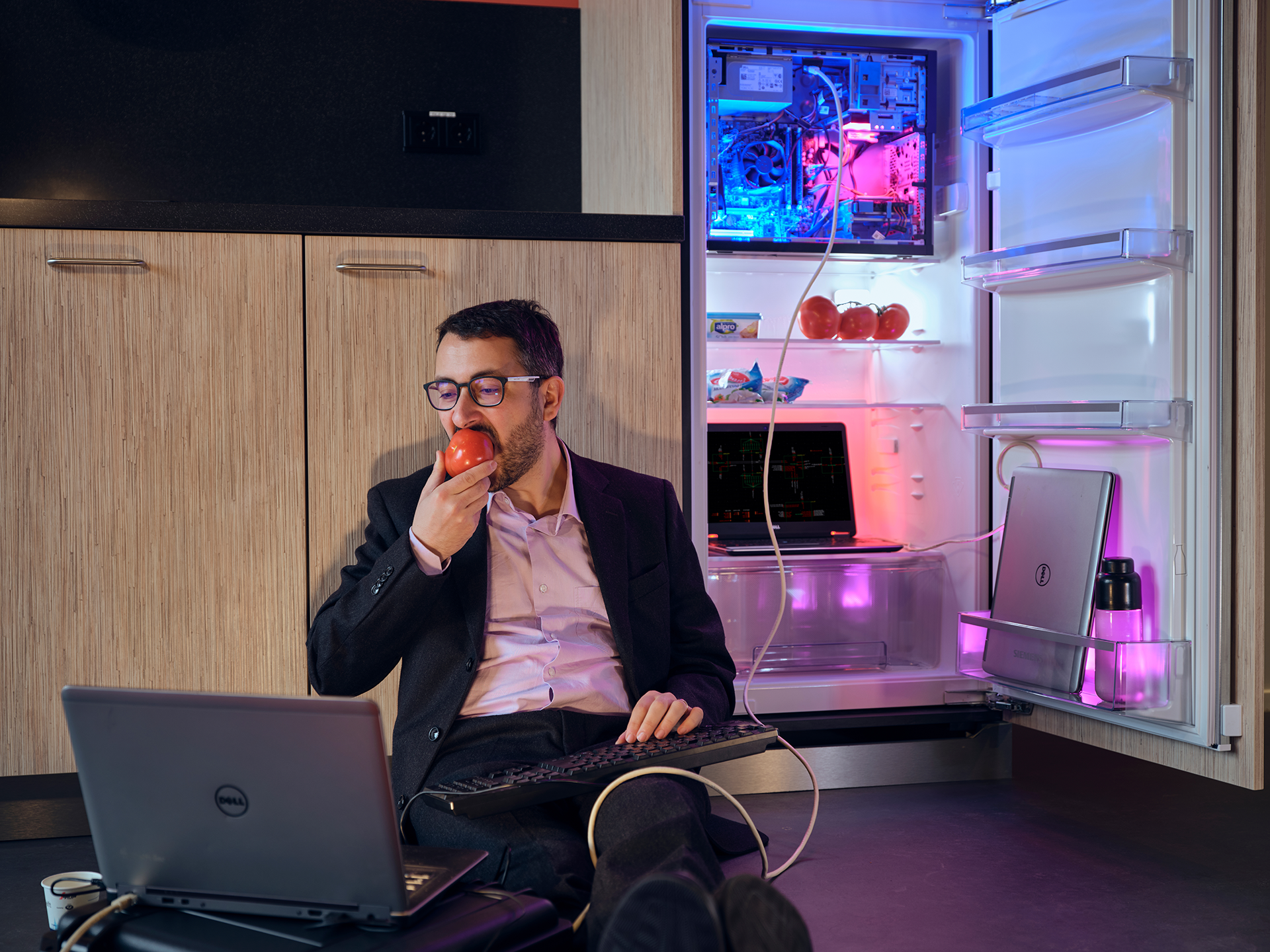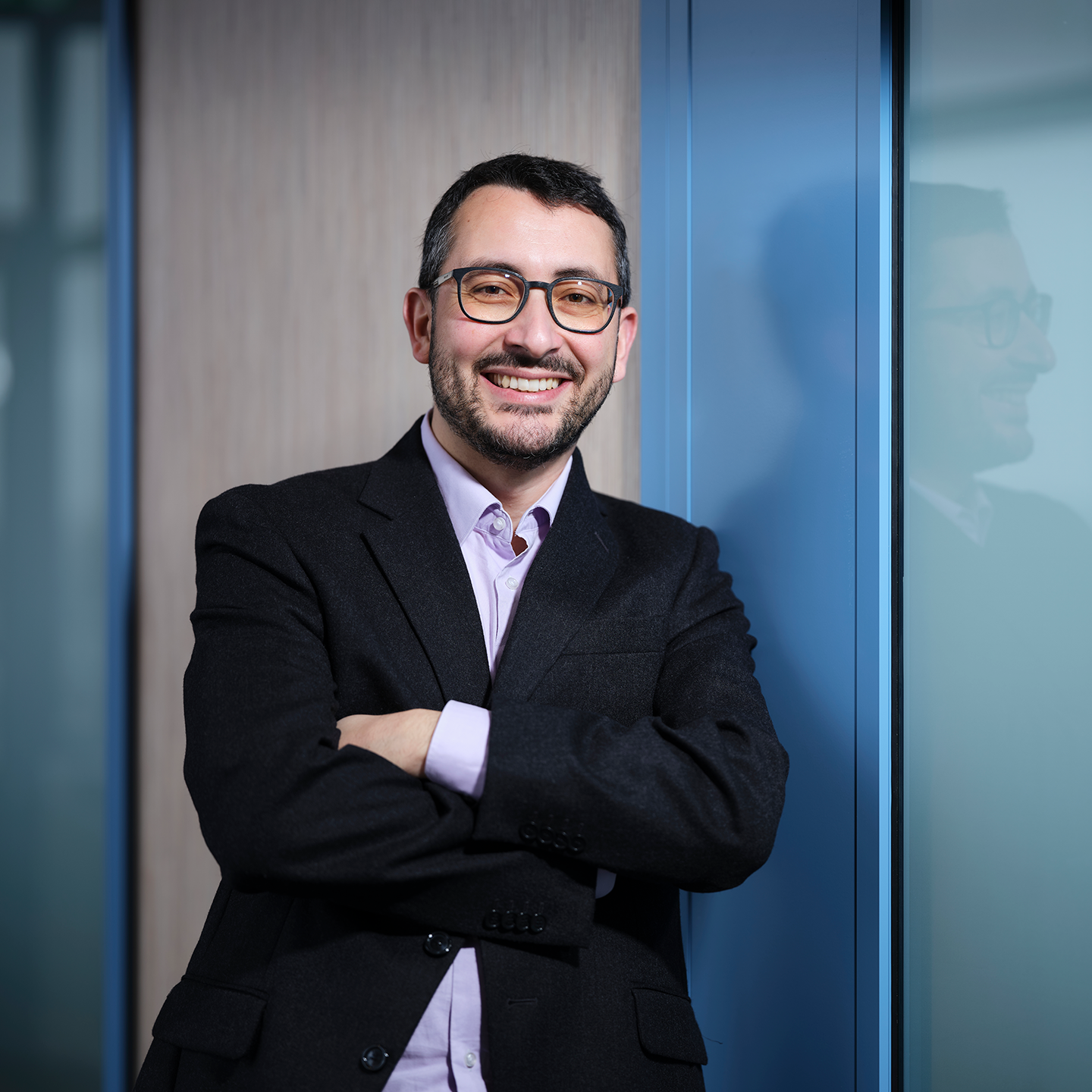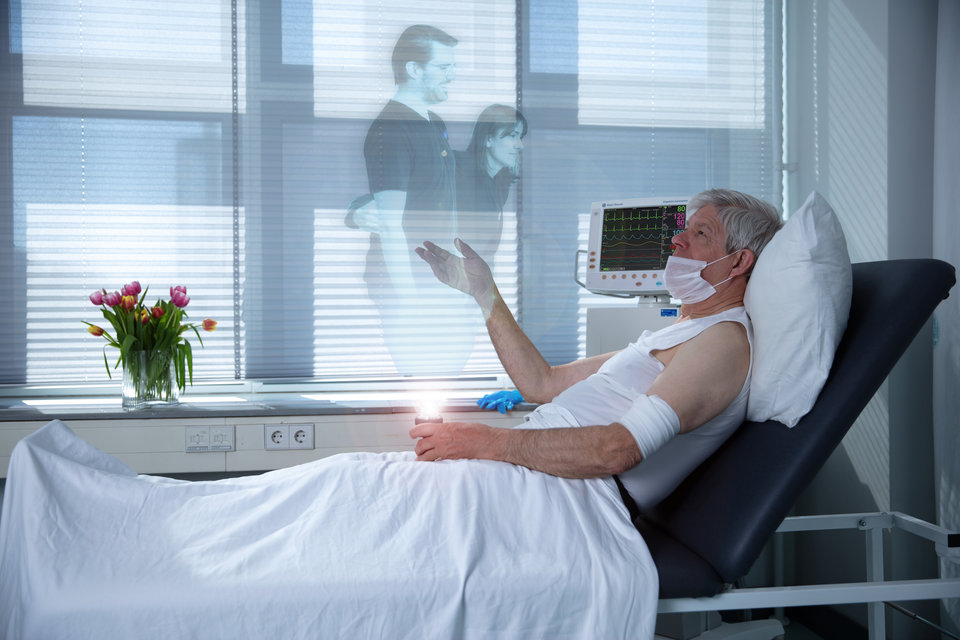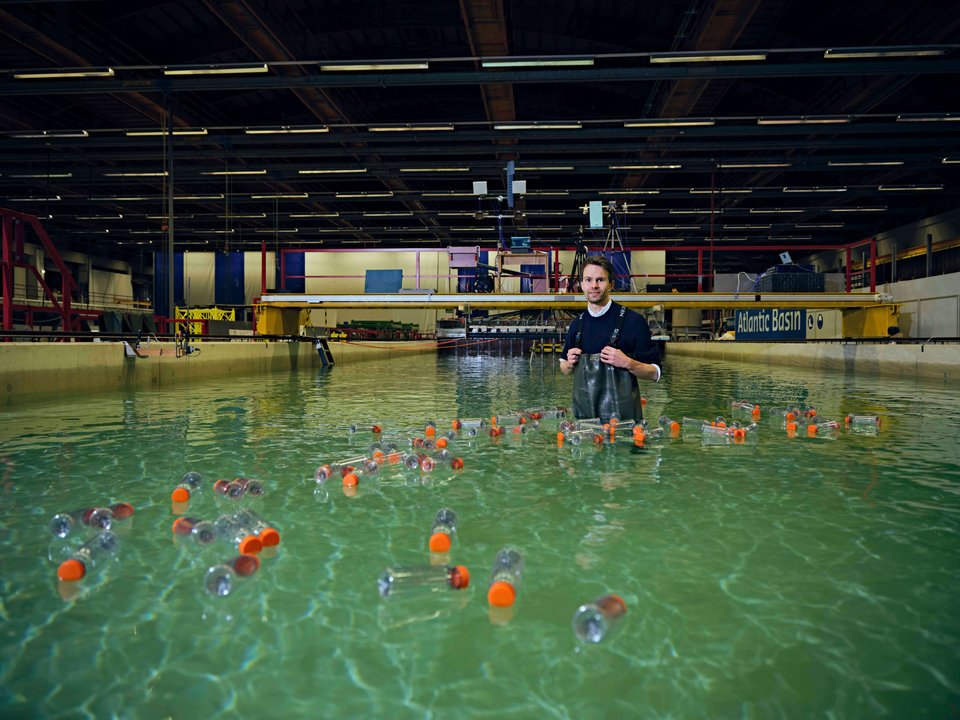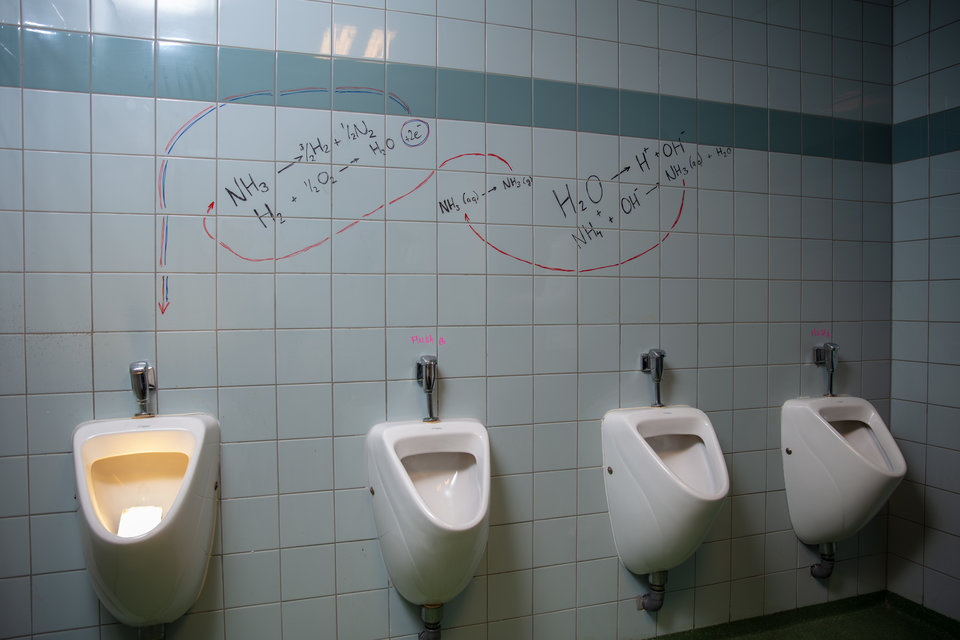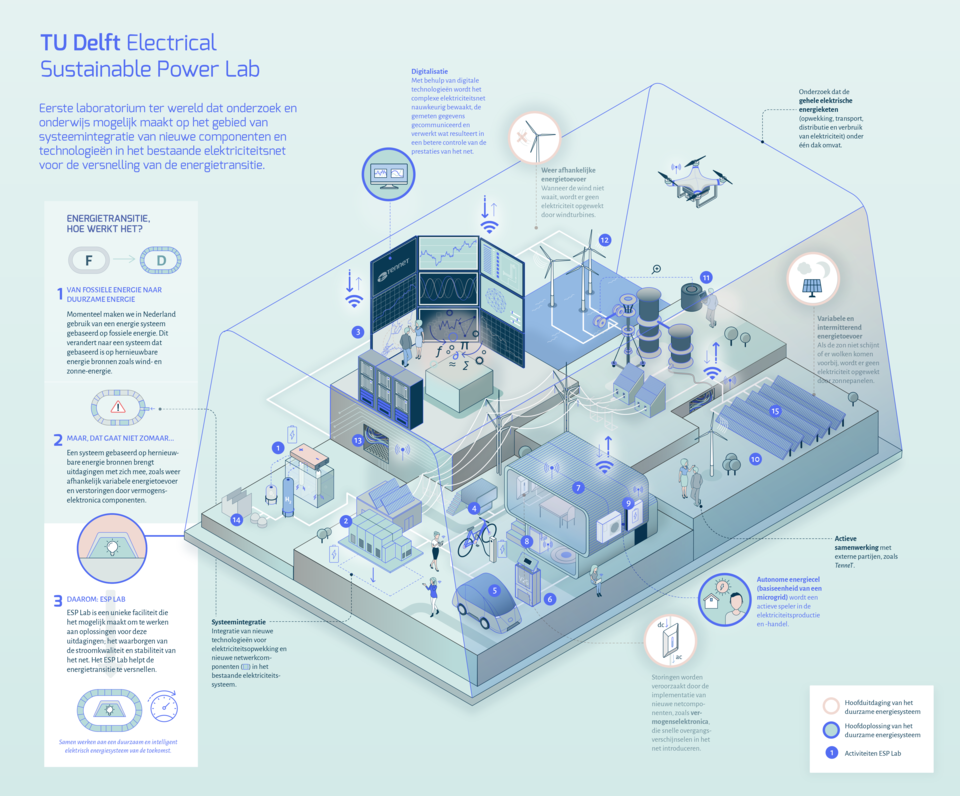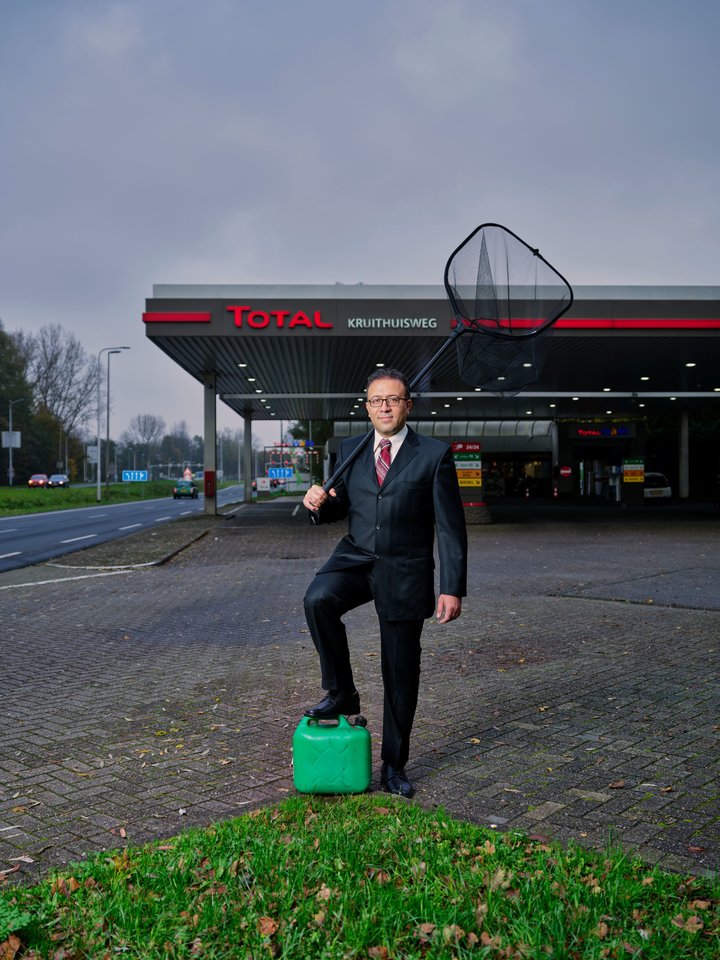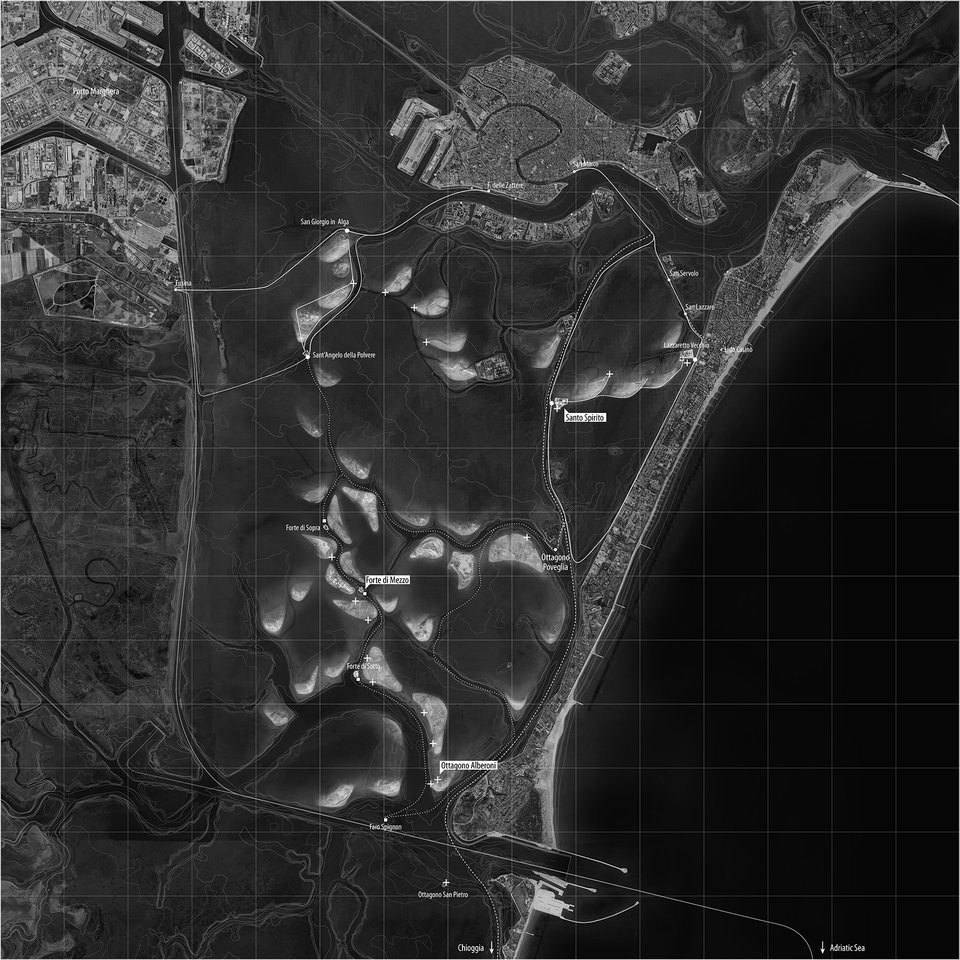Doing incredibly fast calculations to develop even better new medicines. That is just one of the things that will be possible in the future thanks to a quantum computer. It’s the dream of Fabio Sebastiano from the Faculty of EEMCS and QuTech (a partnership between TU Delft and TNO). He is devising solutions to make this device a reality.
Calculating the effect of a new drug at breakneck speed and with great precision. This is often still difficult, because even a large number of computers working together take a long time to do it. Some highly complex calculations can be completely impossible to do because modern computers are just not up to the job. ‘But we anticipate that this will be possible with a quantum computer. It does calculations incredibly fast. That will enable you to design new more environmentally-friendly materials, investigate how drugs work most effectively and further improve the accuracy of aircraft simulations,’ explains Fabio Sebastiano. He works in the Faculty of EEMCS at TU Delft and QuTech, where quantum computers are being developed.
A quantum computer that can perform clever tricks, give a boost to science and help to cure people is still a distant prospect. Such a computer does not yet exist. But people are working hard to achieve it, including scientists in Delft, such as Sebastiano.
Their aim is to find out how best to build and use this kind of quantum computers. Those are highly complex devices, even more complicated than existing computers. You may never have thought about it, but when you play a game, surf the internet or watch videos online, current computers and smartphones are continually making calculations. To do this, they use what are termed bits, which can be either a one or a zero. With these two digits, they calculate all kinds of things at ultra-fast speed to make that video, article or game appear on your screen with the utmost clarity and precision.
Those are highly complex devices, even more complicated than existing computers.
Ice-cold particles
A quantum computer works slightly differently. ‘In this case, there are no bits, but so-called quantum bits, or qubits,’ says Sebastiano. These qubits are the building blocks of this computer of the future. Their main advantage is that they can be both a one and a zero at the same time. This is called a superposition. Thanks to this and other effects, it is possible to do even faster calculations. This explains why the computing power of qubits is much greater than that of normal bits.
A special processor manipulates the qubits to achieve this. But that’s not all. ‘For most qubits, this is also only possible at a very low temperature. Otherwise, they don’t work. So we have to cool them to a temperature of -273 degrees Celsius,’ says Sebastiano.
To use these qubits, they need to be read and written, which is done by checking the incoming and outgoing electronic signals. ‘Cables are used to make this possible. Each of those cables is connected to the qubit on one side and the computer electronics on the other. But the cable needs to be long enough to enable the qubits to be cooled while the electronics remain at room temperature.’ Some researchers have already applied this method to build a small quantum computer. They include tech giant Google, which built a device made up of 53 qubits. Although that is quite an achievement, researchers aim to build a version with thousands or millions of these qubits in the future.
Without extremely long cables
This is where the problems start. Around fifty cables for fifty qubits can be easily arranged and a few hundred can also be achieved. However, millions of qubits is quite a different matter, as it is virtually impossible to connect millions of qubits to electronics at room temperature. ‘You need a labyrinth of cables and an awful lot of space. It’s just not doable. The device would become much too big, unusable and unreliable,’ explains Sebastiano. ‘It’s every engineer’s nightmare.’
This is where Sebastiano’s research could come in useful. He is attempting to identify ways of enabling the qubits to work effectively with the electronics in the quantum computer without the need for extremely long cables. ‘I really hope it works and that we will be able to do these incredibly difficult calculations in the future. That’s my ultimate dream,’ says Sebastiano.
This dream is to enable the extremely cold qubits to work effectively with the electronics. This is far from easy. Existing electronics operate between +125 and -55 degrees Celsius, a much higher temperature than the qubits. Is it even possible to bring them together in a single device? ‘I believe it is,’ says Sebastiano. In his view, the solution lies in CMOS. Although few people know it by name, this is a technology used in virtually all devices: such as mobile telephones, smart speakers and TVs. CMOS consumes very little energy and makes it possible to conduct large numbers of calculations, enabling you to do all kinds of things on your phone and computer.
I’ve always enjoyed exploring the outer reaches of my own field of expertise.
Working at the limits of your knowledge
A CMOS chip has billions of transistors on it that do the calculations. It is just what you might need for a quantum computer with millions of qubits. ‘We’re attempting a similar approach and intend to build the electronics and qubits close to each other. We’re trying to bring the temperature of the electronics down as far as possible and slightly increase the temperature of the qubits. That may sound crazy – is it even possible to increase it? Research in Delft has revealed that it may be possible. But we need to start thinking about the entire system from the outset: the electronics, cooling, the qubits and how to make all the materials. As everything influences everything else, we intend to develop this as a whole system. I think this will make it possible to achieve my dream: bringing electronics and qubits close to each other.’
Sebastiano chooses his words with care. He clearly explains what steps are needed to make the quantum computer possible. He approaches his work in a similar way. He is a quiet man, as he himself admits. He’s always been like this, even as a child. His wife even sometimes jokes that he’s slightly slow. But behind this thoughtfulness lies the power of a real researcher. Thanks to this character and this approach, he is attempting to devise solutions and get to the bottom of how qubits and electronics work.
He needs to, because Sebastiano is a pioneer. Within QuTech and the Faculty of EEMCS, he works with several different disciplines. He specialises in microelectronics, but is currently working with lots of physicists. ‘We all share the same goal, but have different backgrounds. I’ve always enjoyed exploring the outer reaches of my own field of expertise. That’s where the most interesting developments are happening. In order to make the quantum computer possible, you need a solid knowledge of physics to understand the qubits, but engineers are also essential because they know how to build the device.’
You have to be able to see things from the other person’s perspective. ‘Looking at the problem through the lens of a different field is a good example of this. In any case, I like trying to understand other ways of seeing things. I’ve always enjoyed reading a lot of books and particularly love literature. It allows you to see things from the perspective of other characters and get under their skin. I also apply this at work. Whenever we’re searching for solutions for problems, I ask how other people see them. It may be someone in my team, a colleague with a different background or students. This approach opens up new points of view and lively discussions. And you really need that, because we’re working on a device that doesn’t even exist yet, but if it’s successful, will make a huge difference.’
Text: Robert Visscher | Photography: Frank Auperlé
More information
Dave Boomkens
Communications Officer at the Faculty of Electrical Engineering, Mathematics and Computer Science
+31 6 40 28 75 77
d.j.boomkens@tudelft.nl
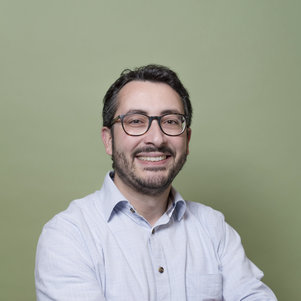
F. (Fabio) Sebastiano
- +31 15 27 83342
- F.Sebastiano@tudelft.nl
- Personal page/blog
-
Room HB 10.160
Mekelweg 4, 2628CD Delft (The Netherlands)
Publications
TU Delft Publication database
Google Scholar

